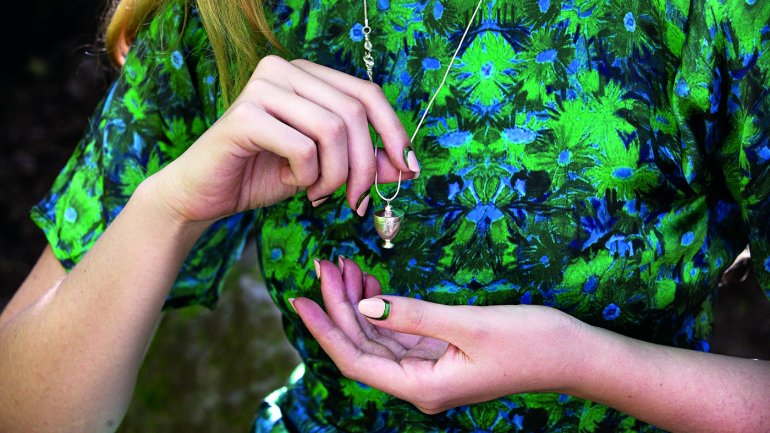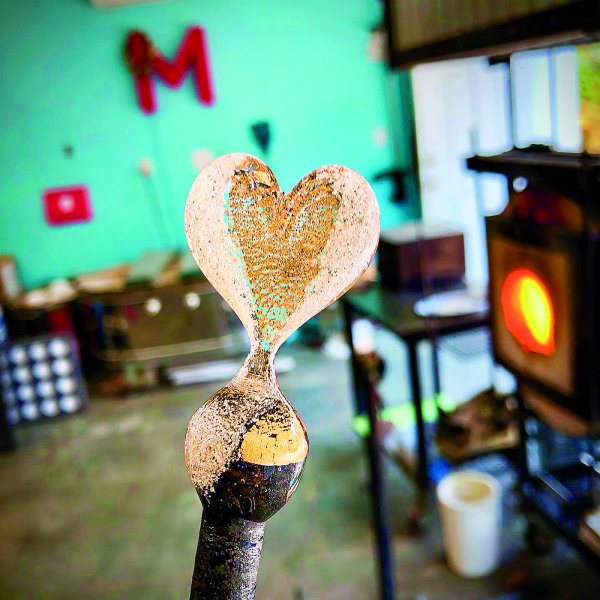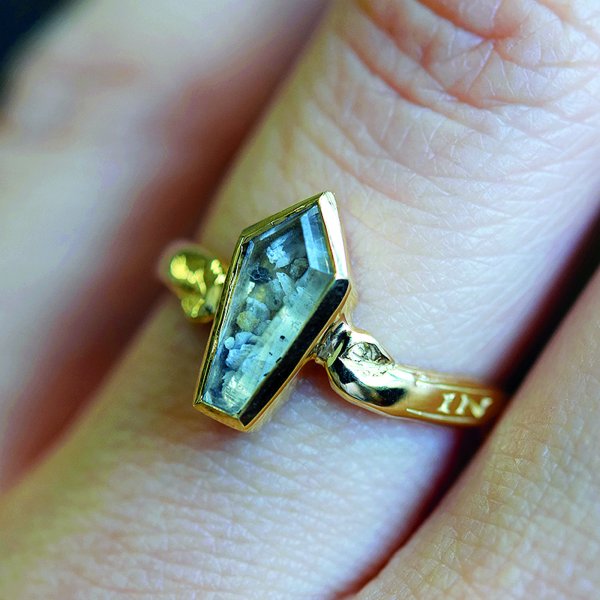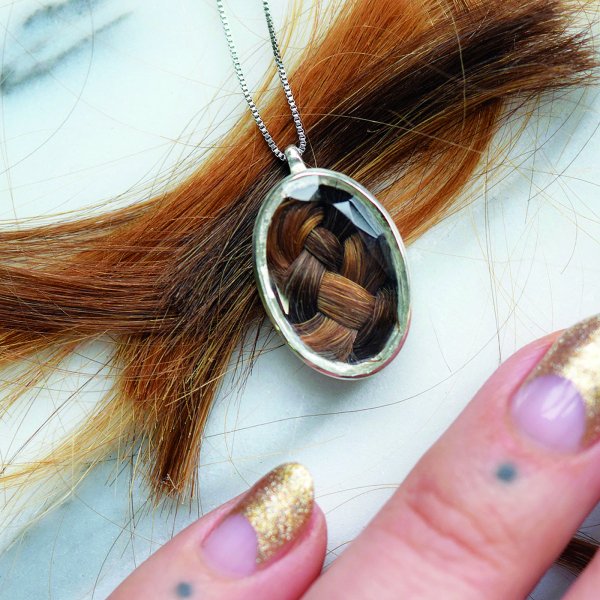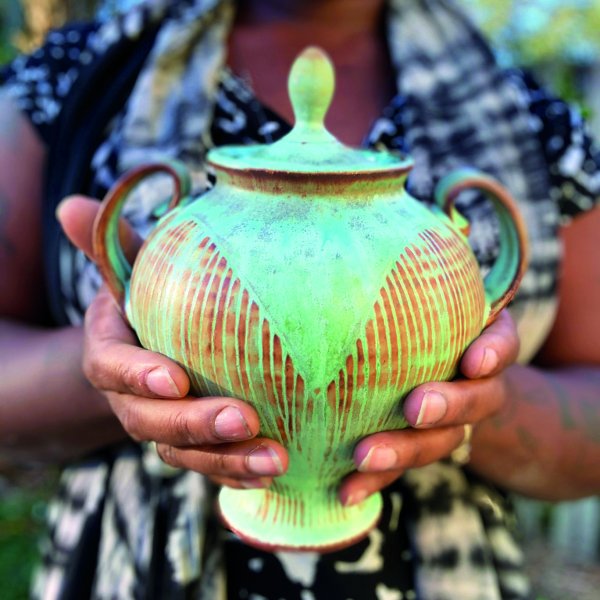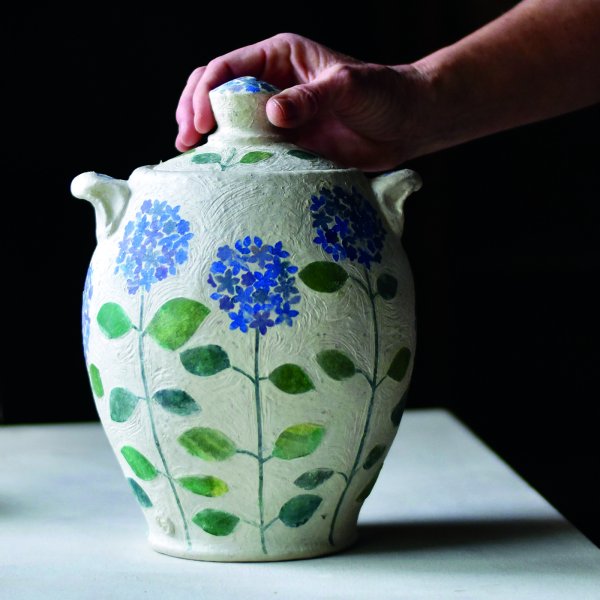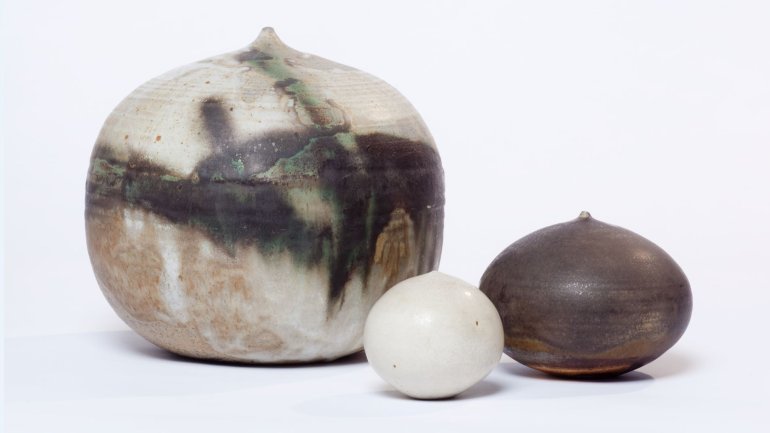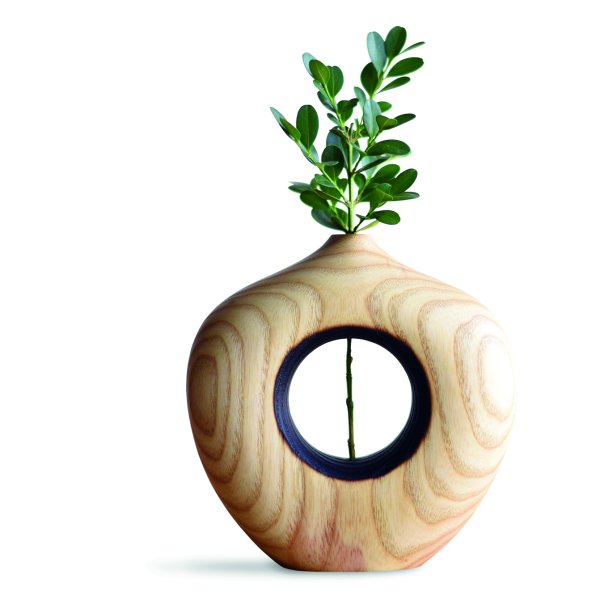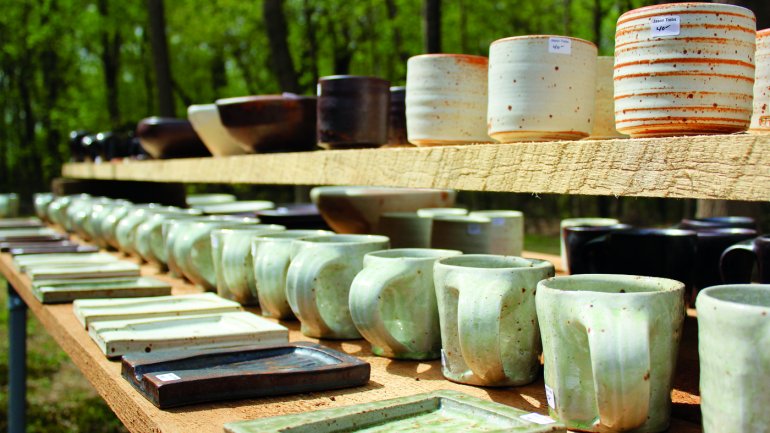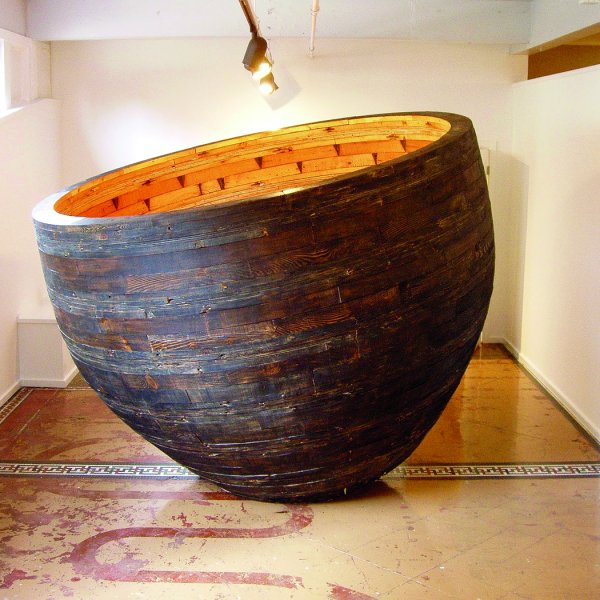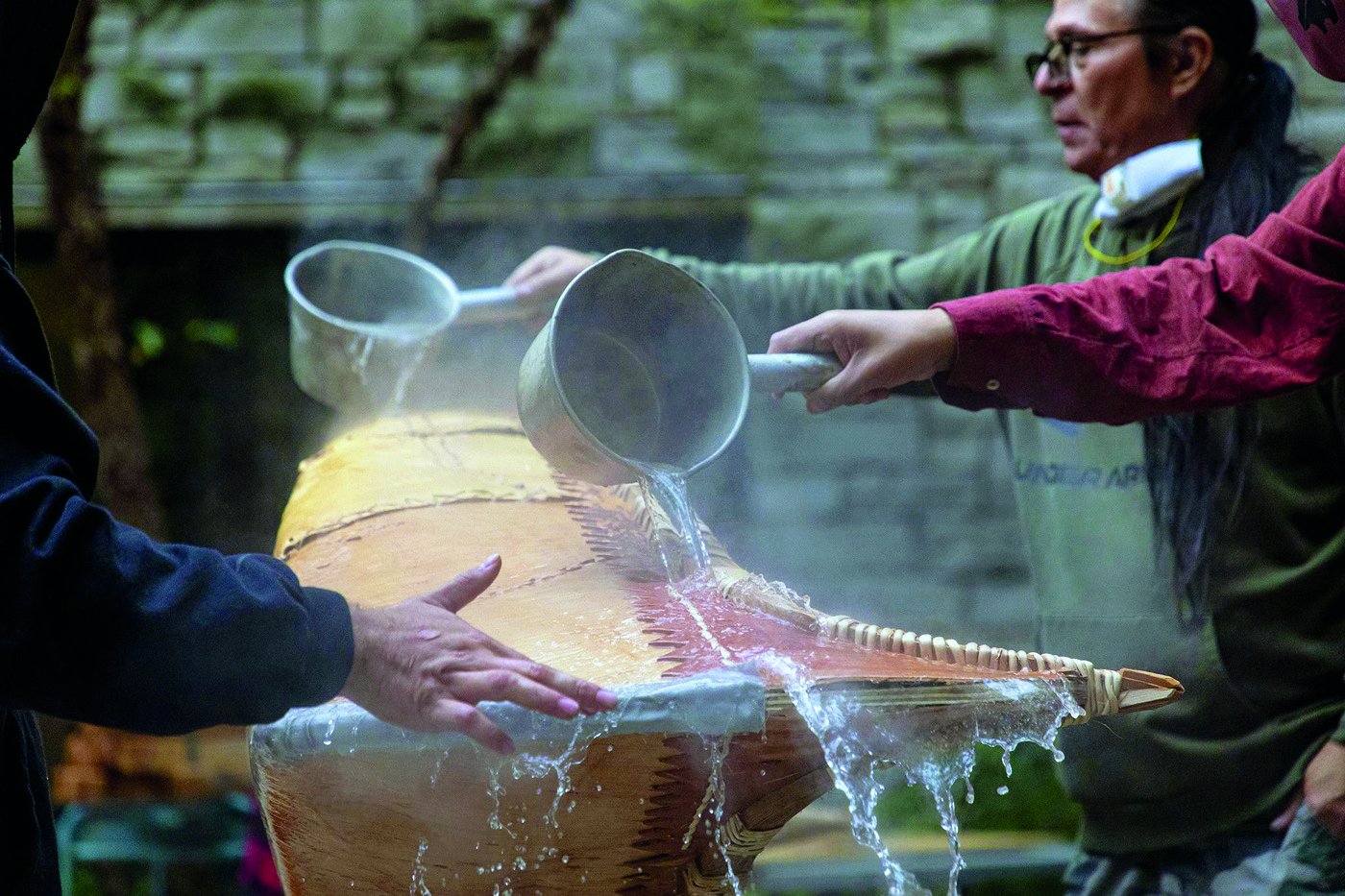When Minhi England’s husband, Jesse, was terminally ill with peripheral nerve sheath cancer, the couple was forced to have heartbreaking conversations about what Jesse wanted to have happen to his body after he died. Unlike with many couples, their conversation went well beyond whether he wished to be cremated or buried. As glassblowers and the lead artists at Artful Ashes, a Seattle-based company founded in 2012 to make customized memorials of glass and human cremains, the Englands knew that art would imitate life—or, in this case, death.
Jesse passed away in May 2021 at the age of 37. England didn’t ask another glass artist from the Artful Ashes team to create his memorial. She was his partner in love and art and work. This was her task. So she set to work, making good on his instructions to fashion a glass orb with wisps of aqua, blue, and silver dichroic glass to complement a curling white swoosh made from a teaspoon of Jesse’s ashes.
“I was oddly filled with joy, thinking of his big smile, how he so easily connected with strangers,” she remembers of the day she pulled the hot glass from the furnace, layered the colors into a tube shape, and rolled it in Jesse’s ashes. Then she sealed the colored glass and ashes in a layer of molten glass that she twisted and cut into the shape of a globe. “But I was painfully aware of the hole [made by] his absence as I injected his ashes into the glass, the very material that was his life’s work. I’m not sure I’ve ever felt so many vastly opposing emotions within a singular moment.”

Jesse’s Memorial by Minhi England, 2022, glass and cremains, 2.5 x 2.75 in.
